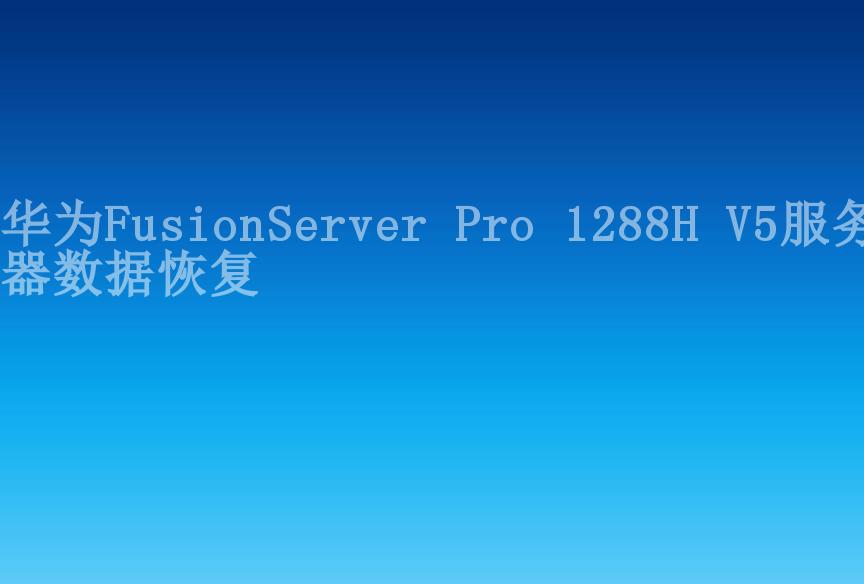raid 1 恢复,raid1verify怎么修复 (解决方法与步骤)
下面内容仅为某些场景参考,为稳妥起见请先联系上面的专业技术工程师,具体环境具体分析。
2023-09-30 22:03 53
To recover from a RAID 10 failure, follow these steps:
1. Identify the failed drives: Use the RAID controller management software or the operating system tools to identify the failed drives in the RAID 10 array.

2. Replace the failed drives: Remove the failed drives from the array one by one and replace them with new drives. Make sure to use drives of the same size or larger.

3. Rebuild the RAID array: Once all the failed drives have been replaced, initiate the RAID rebuild process. This will vary depending on the RAID controller and software being used. The RAID controller should automatically start the rebuilding process.
4. Monitor the rebuild process: Monitor the progress of the rebuild process. This can be done using the RAID controller software or the operating system tools. The rebuild process may take a significant amount of time depending on the size of the drives and the amount of data to be restored.
5. Verify the rebuild completion: Once the rebuild process is complete, verify that the RAID array is functioning properly. Check the RAID controller software or run diagnostic tools to ensure that all drives are online and functioning correctly.
6. Restore data from backup (if available): If you have a recent backup of the data stored on the RAID array, restore it to ensure that all data is up to date. This step is crucial in case any data was lost or corrupted during the RAID failure.
7. Test the RAID array: Perform tests on the RAID array to ensure its stability and reliability. Use the operating system tools or third-party software to perform stress testing or data integrity checks.
Remember to consult the RAID controller documentation or contact the manufacturer for specific instructions and troubleshooting steps for your particular RAID configuration.












